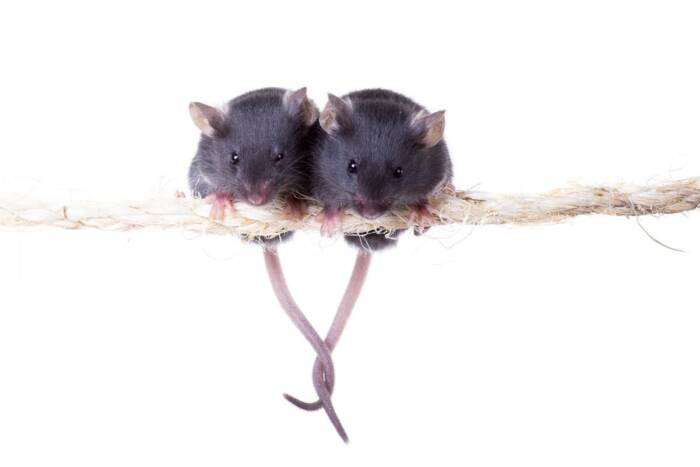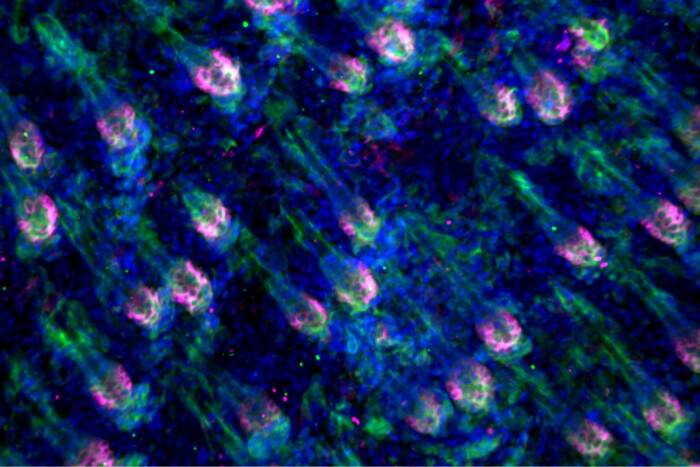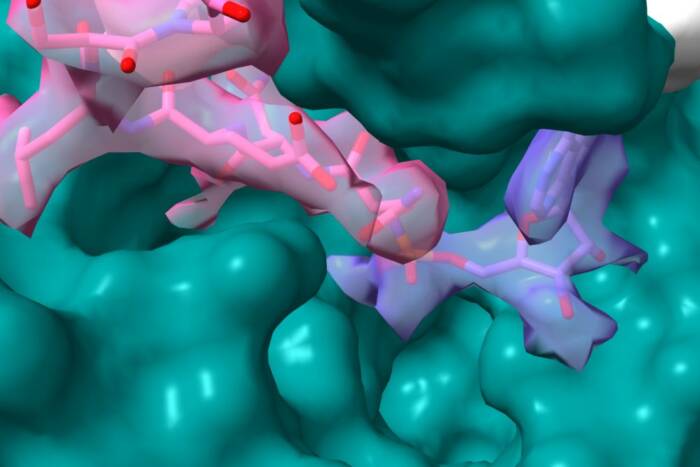Yun-Yuan Hsu
 (opens in new window)B.S., The University of Texas, Austin
(opens in new window)B.S., The University of Texas, Austin
Structural Analysis of Cif, a Cyclomodulin from Pathogenic Escherichia coli
presented by C. Erec Stebbins
As anyone who stares at a medium-rare hamburger with trepidation knows, infections with pathogenic Escherichia coli are a serious matter. Worldwide, infectious diarrheal disease is second only to cardiovascular disease as a cause of death. But most E. coli bacteria that we encounter are not pathogenic and in fact are necessary citizens of our gastrointestinal tract, contributing to our metabolism, for example, by producing vitamin K. So what makes a normally commensal organism pathogenic? Almost always it is the acquisition of virulence genes that are added to the bacterial chromosome.
When she joined my lab, Yun decided to work on one such virulence protein of E. coli. Called Cif, for cycle inhibiting factor, the protein induces an arrest in the cell division cycle. Such an activity prevents cells of the immune system from proliferating, as well as preventing the turnover of infected cells in the intestine. For her thesis work, Yun was able to produce the Cif protein in large amounts, purify it and grow crystals of the molecule. She then used the technique of protein x-ray crystallography to record the scattering of x-rays from the crystal, using this diffraction pattern to reconstruct the chemical model of the protein. This model revealed that Cif is a divergent member of a broad family of enzymes found in both normal and pathogenic contexts. Yun showed that the key active-site amino acids revealed by the crystal structure were critical for cell cycle arrest in an infection model. She then showed biochemically that the protein possessed the predicted enzymatic function. Finally, she was able to identify a host protein that interacts with Cif and show that this interaction is critical for the cell cycle arrest phenotype. This host protein in fact turned out to be a regulator of cell cycle progression.
Yun’s thesis is therefore a very rich one, with work in biophysics, protein biochemistry, structural biology and infection biology. In all these things, Yun was always an avid learner, a highly mature and professional scientist and a positive and friendly force for the laboratory. I know that everyone in the lab will miss her as she heads out to California for her postdoctoral training and, of course, we all wish her the greatest success.


